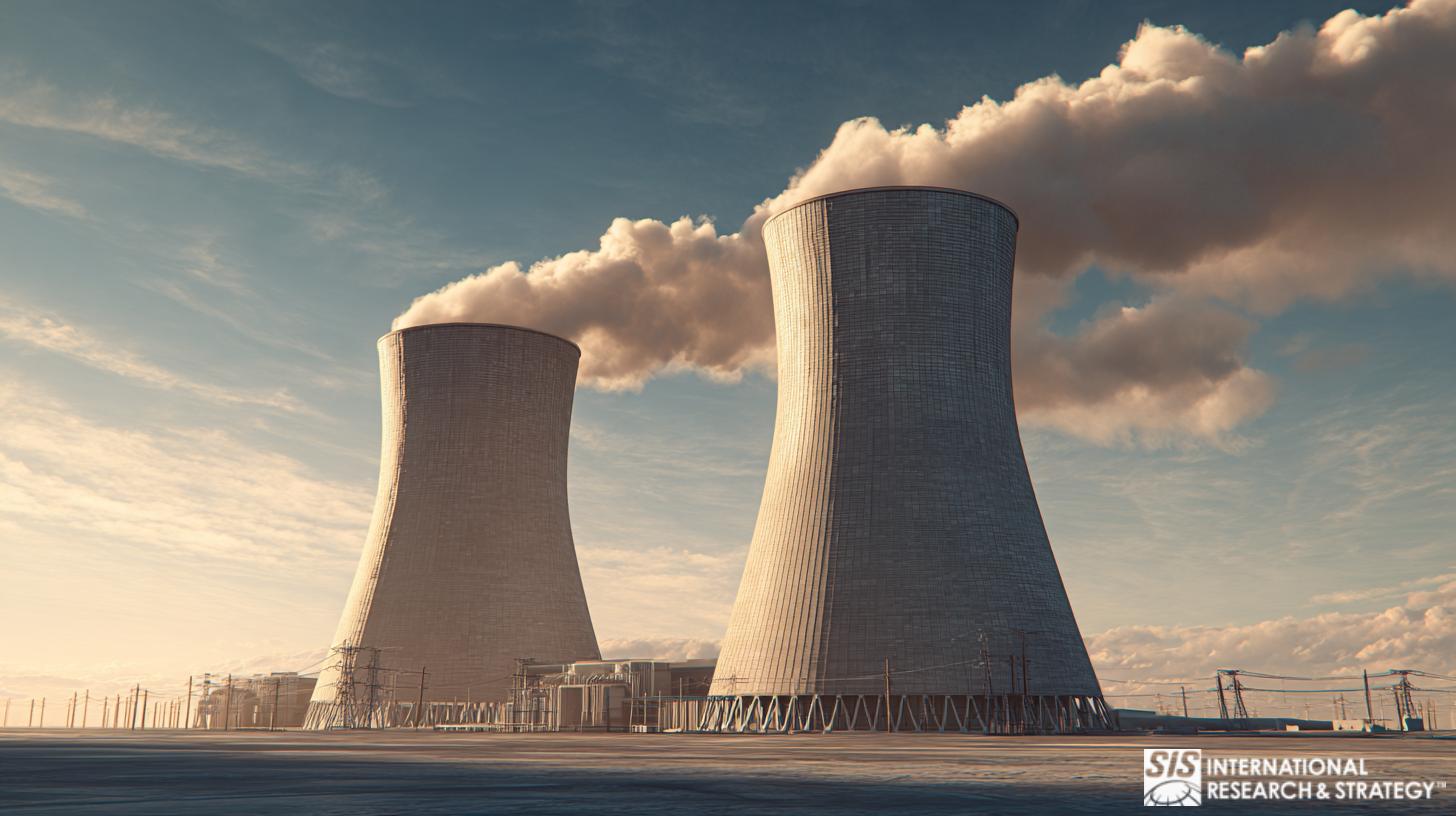世界最大の国際排出量取引制度は2005年1月にヨーロッパで始まりました。

欧州連合排出量取引制度 (EU ETS) として知られる EU ETS は、多くの国と部門を統合して、大規模な炭素排出量取引メカニズムを構築しました。その目標は、2012 年までに温室効果ガス排出量を 1990 年の排出量レベルまで 8% 削減することでした。2006 年には、10,078 の施設があり、ポーランドの 1,000 を超える施設も含まれていました。化学、エネルギー、鉱業、工業などの施設のポートフォリオは、EU 全体の排出量のほぼ半分を占めていました。2008 年に始まり 2012 年まで続く第 2 フェーズでは、商業航空や空港などの他の業界も巻き込んでさらに先に進む予定です。
大規模な排出量取引制度を構築する根拠となったのは、自由市場が負の外部性を内部化することに大きく失敗していたことであった。
Applying economic theory, carbon emitters inflict damage, external to the transaction. A third party—the public—subsequently absorbs this cost and damage. Governments can choose between price-based policies like taxing carbon, or volume-based policies like Cap and Trade systems. Cap and Trade systems like the EU ETS allow the market to determine the volume of carbon usage, unlike a carbon tax, which influences the volume of carbon usage. The downsides are that prices are volatile, and only auctioning can raise revenue unlike taxes.
The question arises how exactly does an enormous emissions trading scheme operate across diverse nations. This central question raises other curiosities such as the various challenges that emerge with such schemes, which might serve as a roadmap for concerns and challenges raised on proposed US emissions legislation plans and the further implementation of EU ETS II, which recently began in 2008.
EU ETSの実践
The EU ETS is best analyzed as a process of four general areas: granting emissions allocations to carbon-emitting “installations”, monitoring, reporting, and verifying. Each country has more than one authority overseeing the process except for smaller countries like Italy, Portugal and Greece. In larger countries with greater institutional infrastructure, the local authorities administer various aspects of the ETS process. These governing authorities face a myriad of administrative tasks, including overseeing allocations, permits, allowances, monitoring, reporting, managing registries, accreditation of verification agencies, compliance, enforcement, public transparency and the use of Certified Emissions Reductions (CERs), Emissions Reduction Units (ERUs), and New Entrant Reserve (NERs).
「施設」と汚染者は、主に CER による許可を取得します。
Countries were allotted several emissions, as part of a National Allocation Plan (NAP), which was overseen by the European Commission. Different industries were given different rules. For example, under EU ETS I, power plants larger than 20 MW must have a permit for each CO2 ton. Moreover, individual installations of the EU ETS were classified by their energy input. In 2006, one third of EU ETS’ installations fell between the range of 20 – 50 megawatts. Large installations produced more than 500,000 tons CO2 and were 7% of the installations. Small installations lay in the range of 10,000 tons and were 30% of installations around 2006.
監視においては、銀行がお金を管理するように排出量の取引を管理することがシステムの目標でした。
Accordingly, emissions allowances are managed in electronic accounts. The Central Administer examines the Community Independent Transaction Log for inconsistencies. This log provides the public full transparency into emissions trading for the year 2008. Central Administers adhere to the European Commission’s framework for VAT taxes on emissions allowances. For reporting, the EU ETS mandated annual reporting through a closed-answer questionnaire among installations. Then, member countries have three months to provide it to the commission, which can then publish a report. The goal of the annual report was to improve rules and processes and involved all aspects of the ETS ranging from registries to reporting.
価格設定に関しては、キャップ・アンド・トレード制度により、市場が炭素使用量を定義できるようになりました。
For example, one major challenge was an overallocation of CERs in 2005 and imbalances in market forces. Countries overallocated CERs, which in some cases were 12% more than were necessary. This resulted in a price collapse within the market. This was because the EU ETS operated by market forces of supply and demand. Where there was an oversupply, the price fell. Conversely, when demand rose in Spain in the early stages, prices for European Union Allowances (EUAs) rose. Consequently, EU ETS II explicitly mentions that it will reduce the number of allowances of CERs and ERUs, to defend against a market collapse.
The overwhelming challenge in such a large trading scheme was a heterogeneous implementation of directives across the EU. One issue lay in each state having slightly different criteria regarding registered installations’ compliance. For example, some countries like the Netherlands had random checks at a percentage of their installations’ locations. Others did not. Some states had different measures to obviate these challenges. These included working groups, detailed notes, and training courses for administrative authorities.
もう一つの課題は、コンプライアンスと報告ガイドラインの分類でした。
Indeed, even the EU ETS noted in 2006 that monitoring methods were not strict and “might lead to unequal treatment of installations across the European Union.” Specifically, the problem emerged about differences in implementation across borders. For example, the Netherlands had seven categories of compliance. Although the United Kingdom had a similar system, all relevant authorities that monitored installations did not implement it. Another example was that some countries had special categorization for “lower tiers” of emitters. Other EU countries however did not have robust enough systems to classify installations in the “lower tiers” of emitters.
独立した検証機関の受け入れは各国で標準的でしたが、検証の違いが課題でした。
A first example of verification challenges was that some EU countries further required as part of their reporting some recommendations for improving the installation’s monitoring in the future. Secondly, eight EU countries reserved the right to have extra monitoring after independent verification. Thirdly, verifiers faced different treatment among accrediting authorities across borders. For example, a verification agency in the UK faced different relations with accrediting authorities in Italy, and this may have impacted how many verification agencies were available to installations.
他の国々は、新規参入者、割り当てとオークション、および排出量が非常に少ない設備に対するプロトコルの統一された理解を求めていました。マッキンゼー・アンド・カンパニーの調査ではさらに、「燃焼設備」の透明な定義についても意見の相違が見られ、政府機関の70%はより広い定義を望み、企業は狭い定義を望んでいました。
Legal interpretations of emissions were also heterogeneous across member countries. They differed because some countries considered emissions as different financial instruments. For example, a few countries viewed emissions as commodities. Others like the United Kingdom legally viewed emissions as liabilities. Also, fines and fees differed dramatically, ranging from €3 thousand to €15 million, and some companies could strategically register in countries that did not charge high fees. Likewise, stakeholders wanted more transparent and homogenized rules, penalty guidelines and interpretations.
ETS は施設の運営と見通しに大きな影響を与えました。
A survey by McKinsey & Company found that nearly half of companies largely began accounting for the value of CO2 allowance in their pricing, longterm planning, and operations. The survey further suggested that the EU ETS encouraged innovation among industries. However, the process was explicitly burdensome to several stakeholders. Companies receive accounts or registries within their country of operation. At the beginning of implementation, several countries experienced unexpected downtime between 0 and 20%.
Some countries have complained about the limited time for emissions allocations and implementation. Another issue was the lack of sufficient data on emissions and projections. Administrative burdens were also large at the beginning of implementation. These challenges were extraordinarily significant particularly in analyzing what future emissions trading schemes, such as those in the United States, may face upon implementation.
結論
The EU ETS demonstrates Europe’s commitment to fighting climate change and adhering to the Kyoto protocols. With a coordinated effort, the EU created the largest climate change-fighting efforts over diverse borders. Several take-aways can be gleaned from analyzing the EU ETS’ intricacies. First, a major carbon cab and trade can be implemented without dramatically jeopardizing regional and corporate competitiveness. Secondly, challenges do exist as noted by implementation inconsistencies and the EUA price collapse.
Thirdly, despite these challenges, the EU ETS has been able to impact the volume of carbon consumed and lower emissions very quickly. Fourthly, while challenges do exist in implementing cap and trade systems, the cap and trade system like EU ETS thrives when there is continuous improvement. This continuous improvement is done through transparency and reporting. The EU ETS II will likely be even more effective, building on the challenges of the first phase. Indeed, the EU ETS provides a useful framework for implementing proposed cap and trade systems throughout the world, including most recently the United States.



